Jean-Baptiste Debret
Armazém de carne-seca, 1834
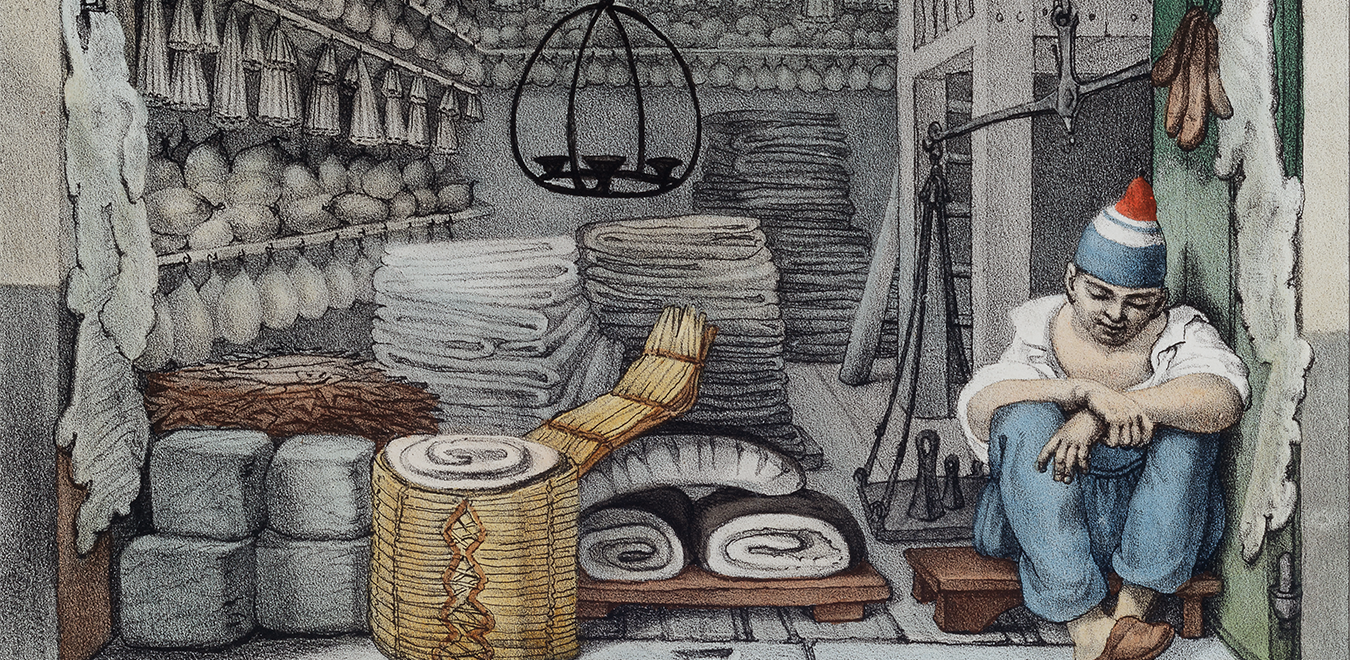
Exhibition
The exhibition allows the public to see originals by important artists, rarely shown in Brazil
Jul 19 to Nov 10
R. Cosme Velho, 1105
Rio de Janeiro, RJ
Exhibition
The exhibition allows the public to see originals by important artists, rarely shown in Brazil
Jul 19 to Nov 10
R. Cosme Velho, 1105
Rio de Janeiro, RJ
Jean-Baptiste Debret
Armazém de carne-seca, 1834

Foreigners in the Roberto Marinho Collection presents the works of artists born outside Brazil which the journalist gathered in an unsystematic way, according to chance opportunities that arose.
Roberto Marinho put together an extensive collection of Brazilian art focused on modernists from his generation and on the informal abstractionists of the 1950s and 1960s. These were the two trends featured in the two large exhibitions held by Casa Roberto Marinho in its first year of existence.
Modernos 10 [Modernists 10] showed us that far from being a collective project, the Brazilian modernism of the 1930s and 1940s consisted of singular expressions with the aim of renewal. This same singularity appeared in Oito décadas de Abstração Informal [Eight Decades of Informal Abstraction], featuring a significant set of abstract works without any aim of representing the real world, thus affirming the territory of painting as a place of gestures for expressing individual subjectivities.
Estrangeiros na coleção Roberto Marinho [Foreigners in the Roberto Marinho Collection] presents the works of artists born outside Brazil which the journalist gathered in an unsystematic way, according to chance opportunities that arose. Unlike the two previous sets, in this one, plurality reigns. The “subject” is the collector himself with multiple interests; in his own words: “every private collection expresses a personal viewpoint, as well as the mark of preferences that reveal different moments of the collector’s life story.”
As an example of this pluralism, the first room features paintings in a wide range of movements and styles, spanning from the “monopigmentary” painting of Pierre Soulages and the lightness of the works by Marc Chagall to the metaphysical painting of Greco Italian artist De Chirico, the surrealist illustrations by Salvador Dali, the festive geometry of Sonia Delaunay and the post-cubist works of Fernand Léger – who taught painting to Tarsila do Amaral. Seminal canvases by Maria Helena Vieira da Silva, a work by Giuseppe Santomaso, and a “painting/happening” by George Mathieu round out this section.
In the other rooms, the spectator will find gouaches by Raoul Dufy and the poetic drawing of Jean Cocteau. Tapestries and an oil painting by Jean Lurçat, alongside canvases by Maurice Utrillo, André Lhote, Maurice Vlaminck, Fillipo de Pisis and Mela Mutter, evince a more classic taste, while the canvas by Félix Labisse has surrealist leanings. A tempera on canvas marks the presence of Marie Laurencin, the only woman of the cubist group Section d’Or and a companion of poet Guillaume Appolinaire.
We have included in the exhibition the foreigners who adopted Brazil as their home, beginning with the 19th-century drawings in India ink by Giovanni Battista Castagneto. In the following century many important voices by foreign-born artists arose in Brazilian art. Lasar Segall, Tomie Ohtake, Franz Weissmann, Frans Kracjberg, Yutaka Toyota, Joaquim Tenreiro, Maria Polo, Manabu Mabe and Roberto Moriconi could be called Brazilian artists who were born abroad.
A special section of the show considers a foreign viewpoint on Brazil in the 19th century: the watercolored lithographs by Jean-Baptiste Debret from the album Voyage pittoresque et historique au Brésil or Séjour d’un artiste français au Brésil. In these 93 artworks the artist plays the role of a historian, botanist, biologist, zoologist and ethnographer. Some of these drawings were made in France, based on drawings he had made in Brazil. This important historical record contains some questionable scenes, as is the case of his depictions of Indian clothing, while others are embarrassing by pointing to the extreme disparity in the last country to abolish slavery.
Estrangeiros no Brasil allows the public to see originals by important artists, rarely shown in Brazil, and to reflect on the notions of belonging and nationality in light of the show’s focus that considers the history of European art and its unfoldings among us.
Lauro Cavalcanti
Executive Director
Instituto Casa Roberto Marinho
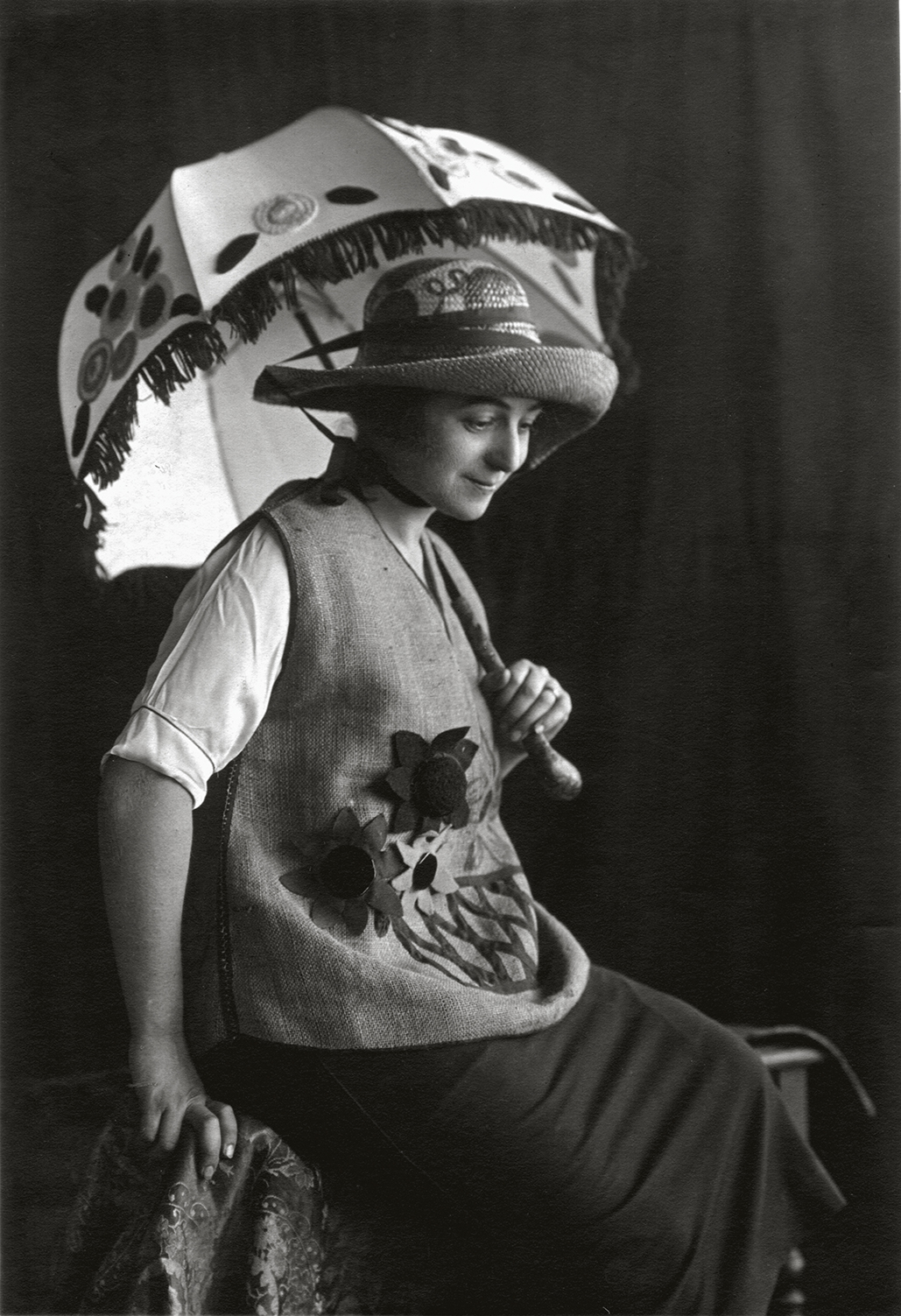
Sônia Delaunay
(Hradyzk, Ucrânia, 1885 - Paris, França, 1979)

Franz Weissmann
(Knittelfeld, Áustria, 1911 - Rio de Janeiro, Brasil, 2005)
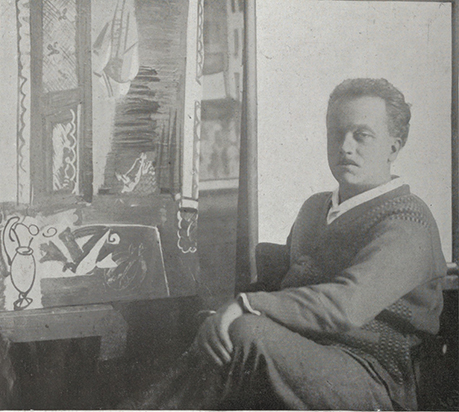
Raoul Dufy
(La Havre, França, 1877 - Forcalquier, França, 1953)
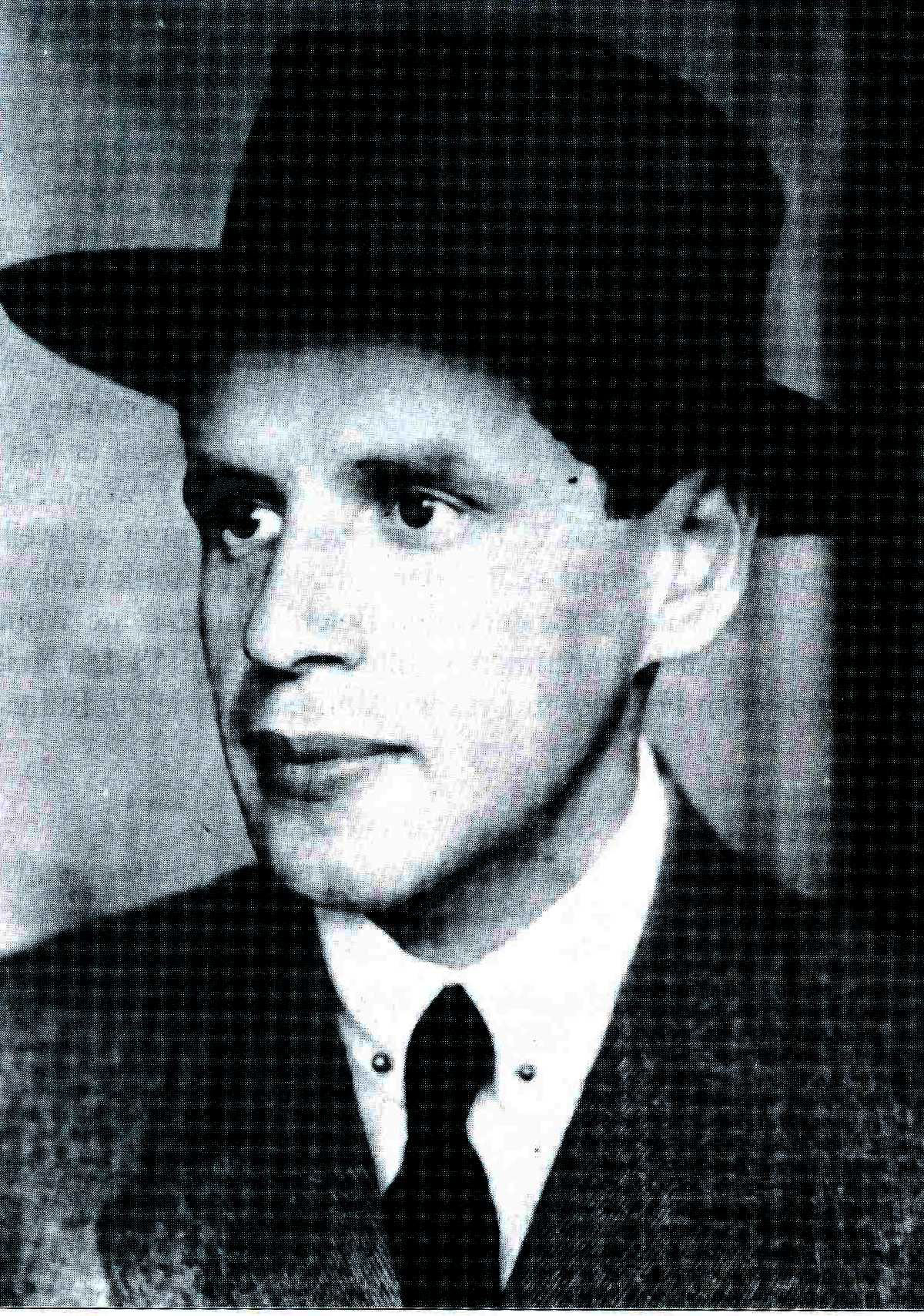
Lasar Segall
(Vilna, Lituânia, 1889 - São Paulo, Brasil, 1957)
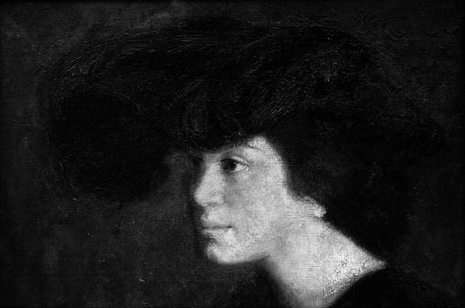
Mela Muter
(Varsóvia, Polônia, 1876 - Paris, França, 1967)
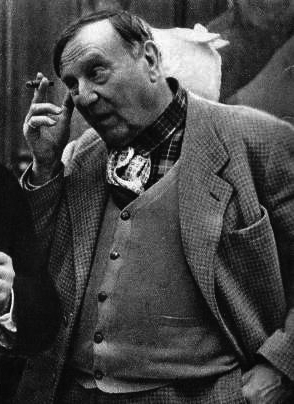
Maurice de Vlaminck
(Paris, França, 1876 - Rueil-la-Gadelière, França, 1958)

Marie Laurencin
(Paris, França, 1883 - 1956)

Maria Polo
(Veneza, Itália 1937 - Rio de Janeiro, Brasil, 1983)
Tsuguharu Foujita
(Tóquio, Japão, 1886 - Zurique, Suíça, 1968)
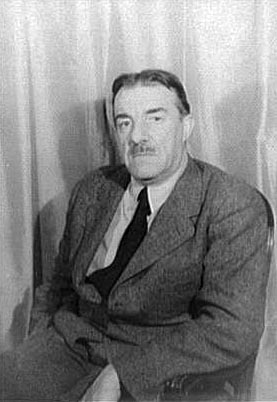
Fernand Léger
(Argentan, França, 1881 - Gif-sur-Yvette, França, 1955)
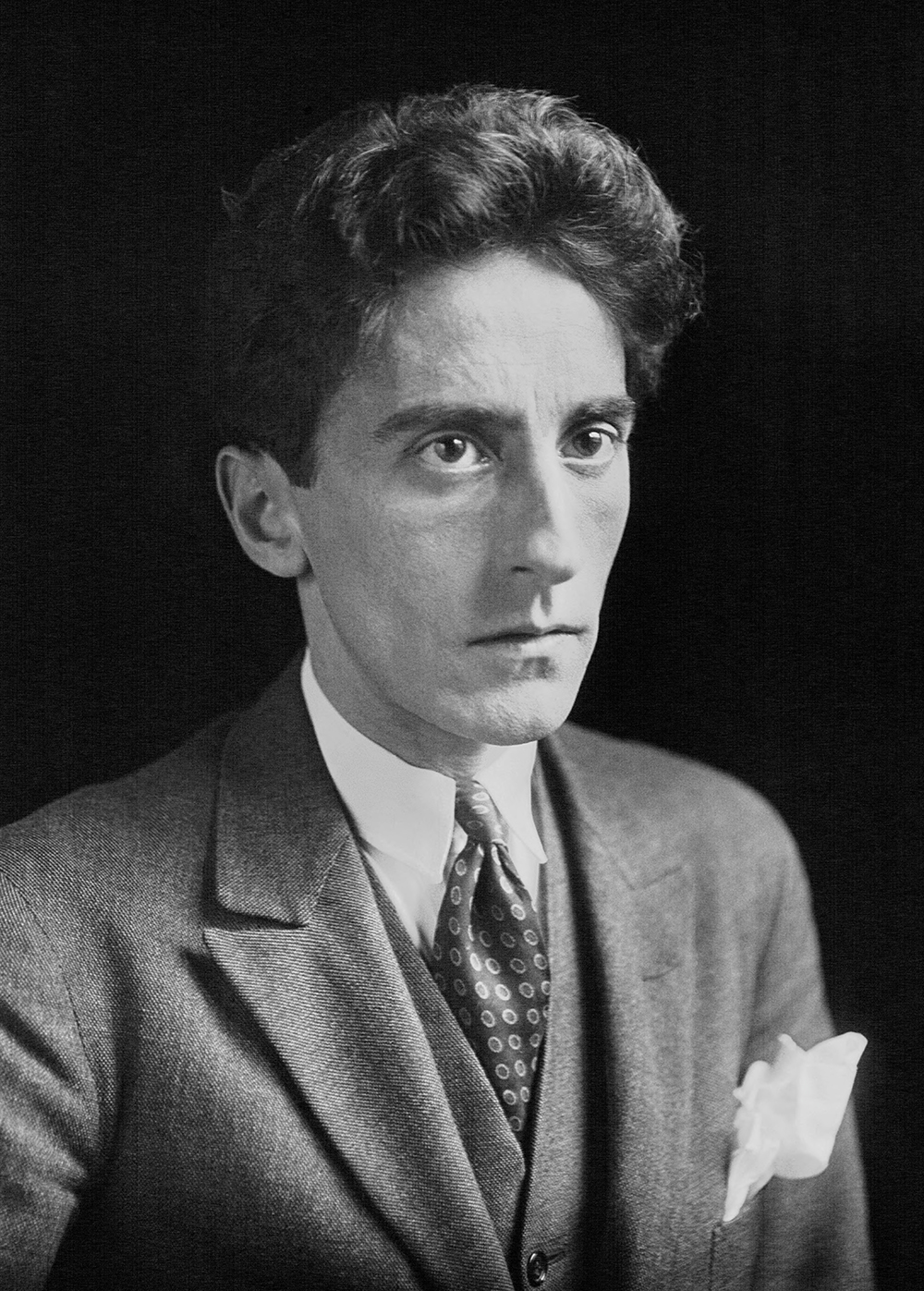
Jean Cocteau
(Maisons-Laffitte, França, 1889 - Milly-la-Forêt, França, 1963)
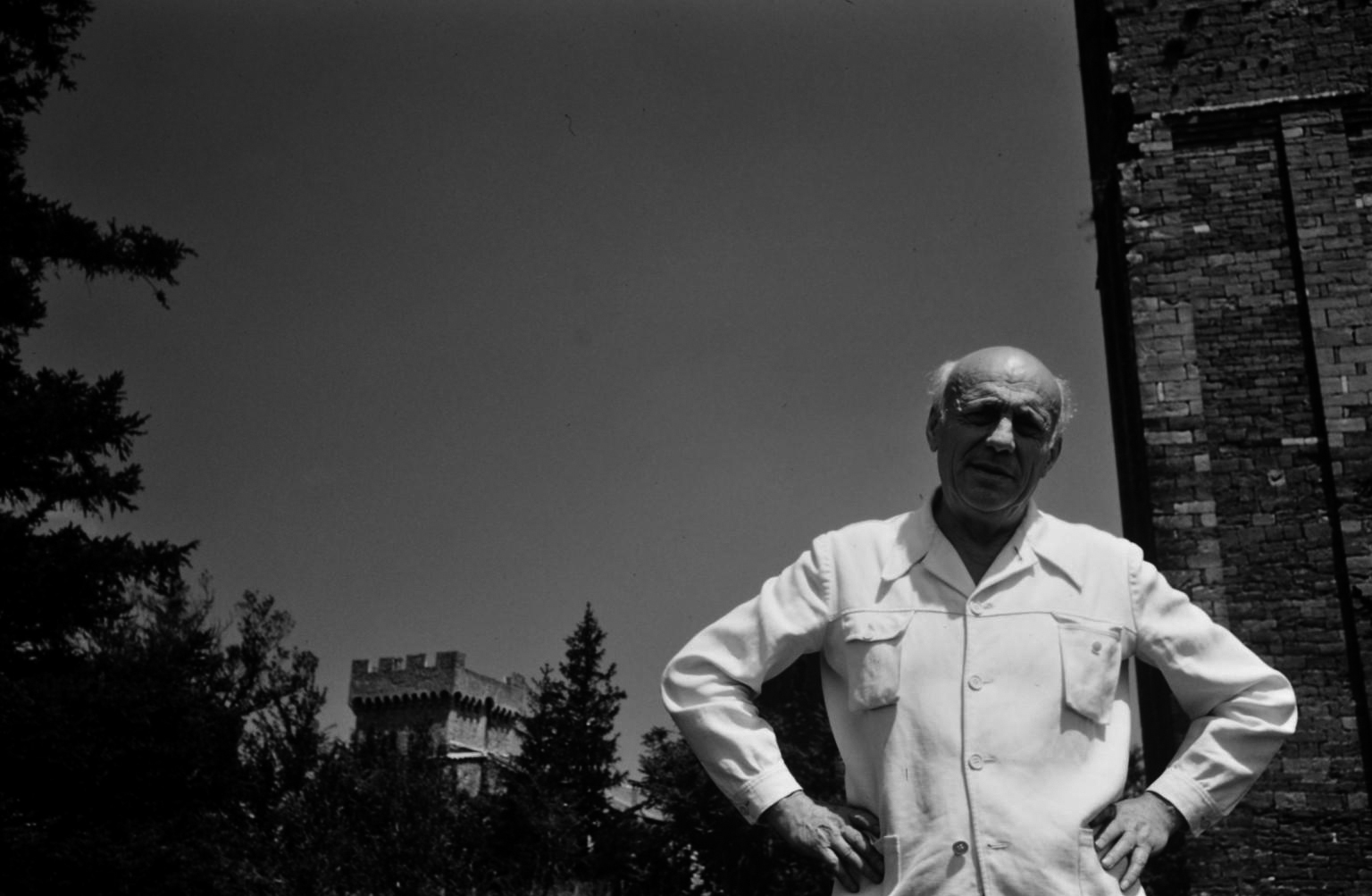
Jean Lurçat
(Bruyères, França, 1892 - Saint-Paul-de-Vence, França, 1966)
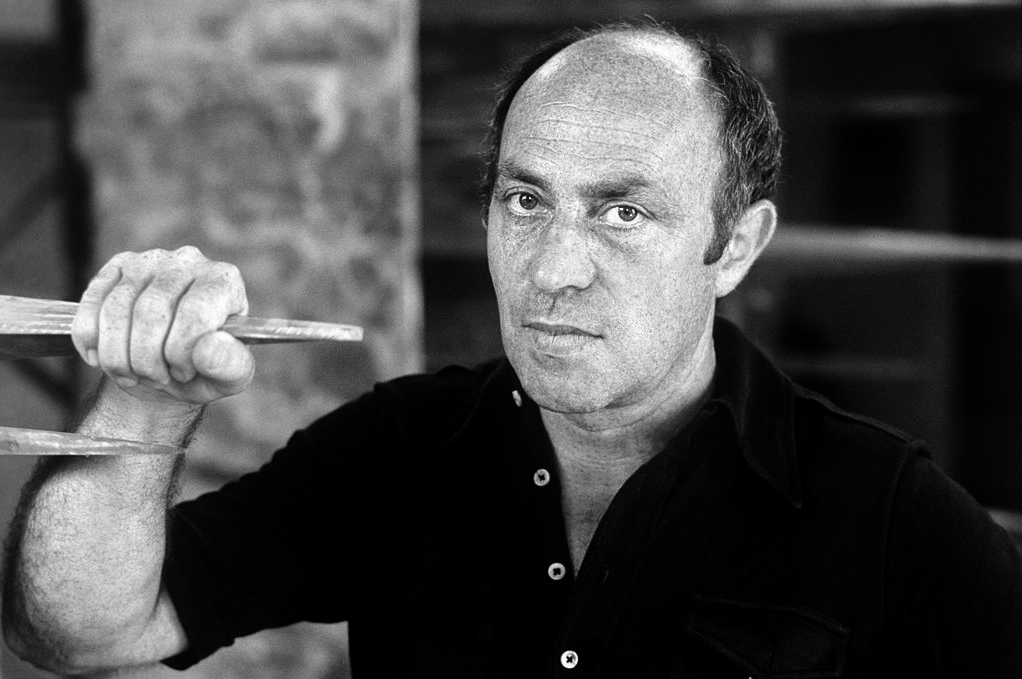
Arnaldo Pomodoro
(Morciano di Romagna, Itália, 1926)
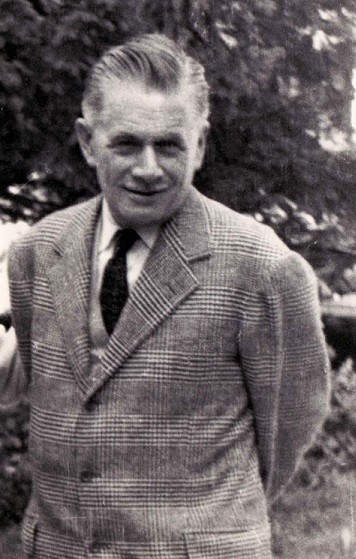
Mario Sironi
(Sássari, Itália, 1885 - Milão, Itália, 1961)
Roberto Moriconi
(Fossato di Vico, Itália, 1932 - Rio de Janeiro, Brasil, 1993)

Paul Signac
(Paris, França, 1863 - 1935)

Marc Chagall
(Vitebsk, Rússia, 1887 - Saint-Paul-de-Vence, França, 1985)
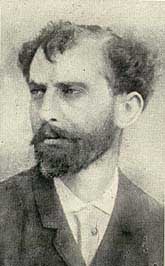
Giovanni Battista Castagneto
(Gênova, Itália, 1851 - Rio de Janeiro, Brasil, 1900)
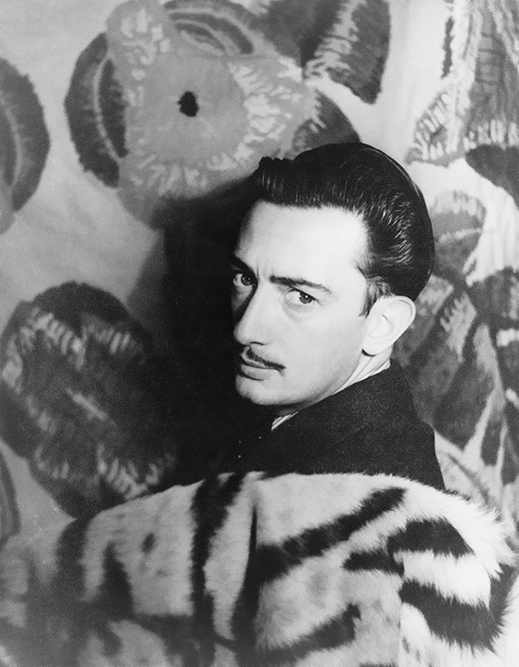
Salvador Dalí
(Figueres, Espanha, 1904 - 1989)
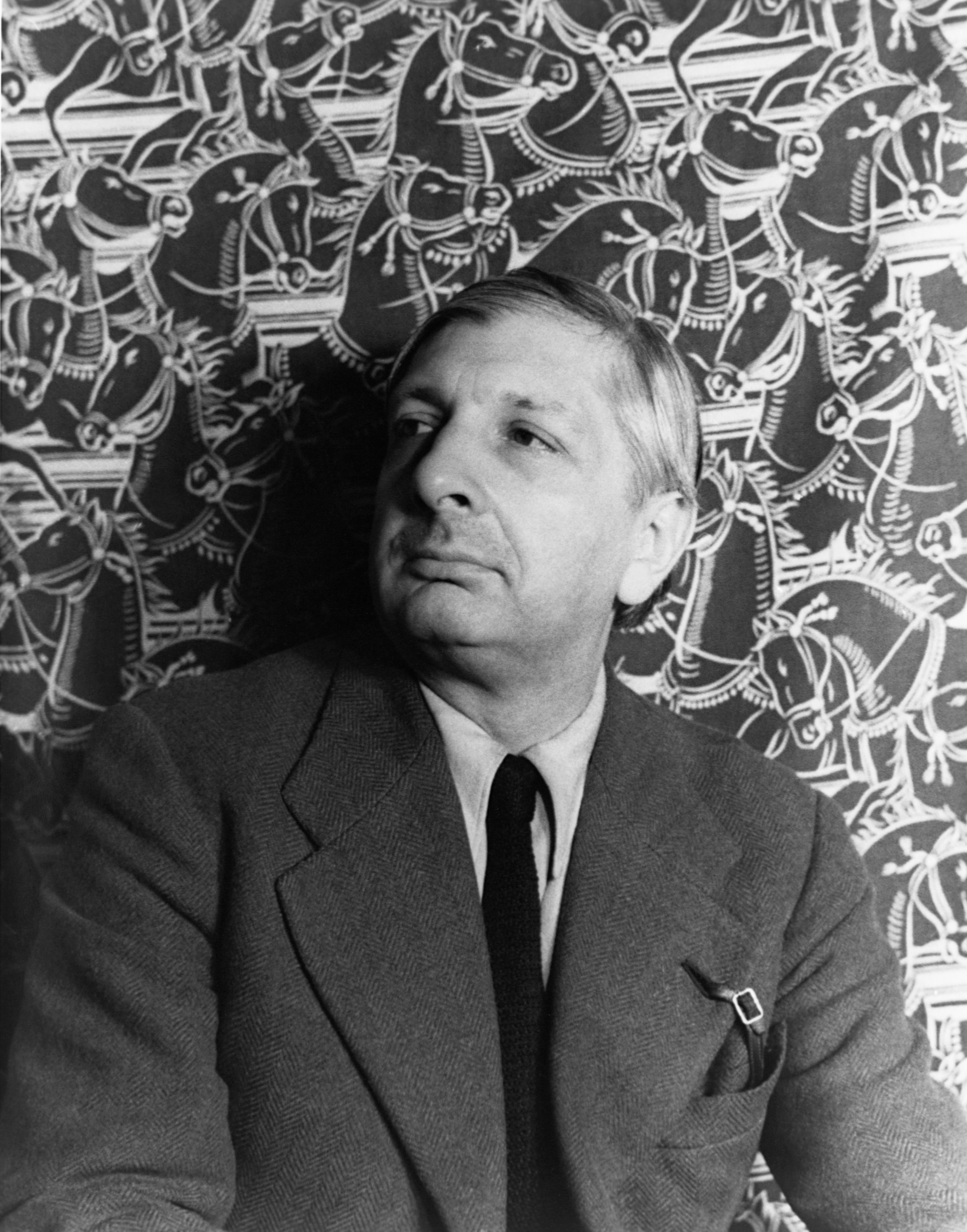
Giorgio de Chirico
(Vólos, Grécia, 1888 - Roma, Itália, 1978)

Casa Roberto Marinho
Rio de Janeiro - APR 24 TO JUN 22 2025
Trusteeship: Elizabeth Jobim

Casa Roberto Marinho
Rio de Janeiro - APR 24 TO AUG 10 2025
Trusteeship: Paulo Venancio Filho

Casa Roberto Marinho
Rio de Janeiro - DEC 14 TO MAR 30 2025
Trusteeship: Lauro Cavalcanti

Casa Roberto Marinho
Rio de Janeiro - AUG 15 TO NOV 17 2024
Trusteeship: Cristina Canale

Casa Roberto Marinho
Rio de Janeiro - AUG 15 TO NOV 17 2024
Trusteeship: Pollyana Quintella

Casa Roberto Marinho
Rio de Janeiro - MAY 11 TO JUL 21 2024
Trusteeship: Lauro Cavalcanti, Marcia Mello e Victor Burton